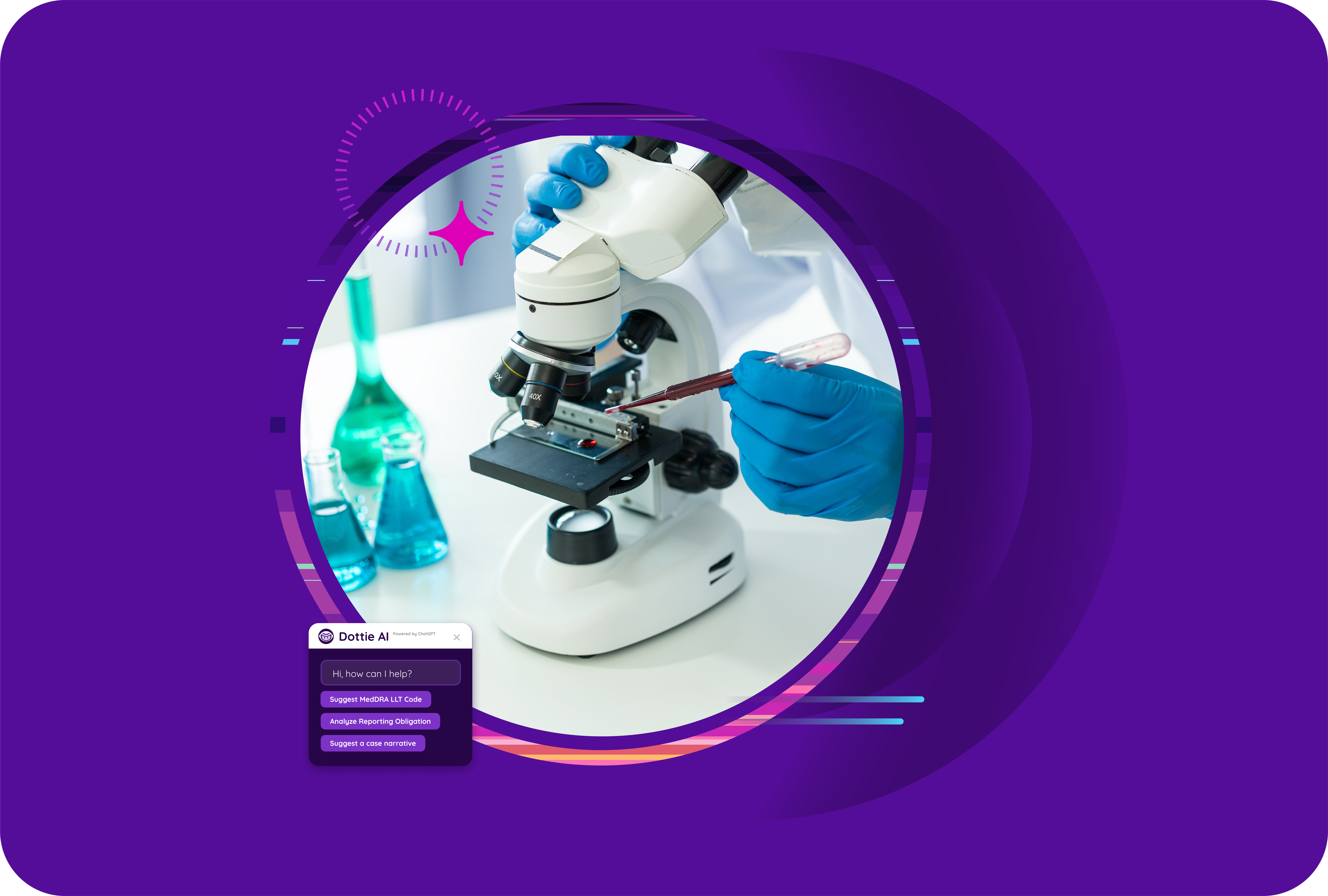
The process of ensuring medical equipment will operate safely and correctly is known as medical device validation. Regional regulatory organizations and worldwide standards, which frequently overlap when it comes to product needs, determine the requirements for validation and verification.
Each manufacturer employee that works on creating medical equipment must complete the necessary training. Quality assurance supervisors and staff may be unable to adequately certify the devices being manufactured without the required training. By ensuring that every member of the production team possesses a medical device training certificate, you may avoid this problem. Personnel must have clear understanding of both medical device process and medical device procedure.
The process of confirming that a medical device will consistently deliver the anticipated advantages for its intended application is known as medical device validation. Typically, validation is carried out by a series of tests and inspections. When the product itself cannot be examined, process validation guarantees that the procedures used to make the device comply with FDA rules.
Although verification and medical device validation are closely connected, verification is often the process of ensuring that each component utilized in the medical device meets the necessary criteria. Tests and inspection are frequently used to carry out verification and make sure that product requirements and design controls are being followed, much like with validation.
In medical device manufacturing, products come in a wide range of technologies, levels of complexity, and sizes, and they all need to be validated. Software as a medical device (SAMD) is also recognized here. International standards and regulatory bodies set the criteria for verifying these devices. It’s critical that everybody participating in device validation obtain the proper training in medical device validation so they are aware of all pertinent laws.
What is validation and verification in medical devices?
Making sure you have unbiased proof that user needs and intended purposes are satisfied is the process of validation. Typically, testing, inspections, and occasionally analyses are used to do this. The goal of validation is to guarantee that user demands are satisfied in a medical device that consistently delivers the promised medical benefit under real-world usage circumstances. Verification is often the process of making sure you have unbiased proof that the standards are completed.
What is medical device design validation?
One of the most crucial steps in the design and development of medical devices is design validation. The manufacturer of medical devices verifies at this point that the created equipment is the ideal one that satisfies the user’s demands. An in-depth comprehension of the user demands is necessary for successful design validation. During design validation, among the inquiries that must be addressed are:
- Is the equipment functional for the user?
- Does it fulfil the needs of the intended audience?
- Does the device operate in the user’s surroundings?
- Is the usage of the product simple, unambiguous, apparent, and clear?
- Is the equipment both patient and user safe and effective?
From 2011 to 2015, the top FDA warning letter citation for design controls was design validation. The design validation warning letter citations fall under the following six categories:
- Not carrying out any design validations to make sure the completed product satisfies the demands of the end user and the intended purpose.
- Avoiding the use of manufacturing units, lots, batches, or their counterparts.
- Failing to carry out design validations under simulated, real-world, or prescribed operational circumstances.
- Not carrying out design validations when alterations were made to a product that was made available for purchase, sale, and use.
- Failing to explain why design validation was not carried out.
- Not choosing people who accurately represent actual users.
What are the steps of validation process?
As mentioned above, a medical device manufacturer must guarantee device validation, although they do have some discretion over how to do it. The regulations cannot go into great detail about how to make and/or verify a device since there are so many various types of medical devices that are marketed and manufactured in the US. However, following the confirmation of design verification, validation must follow the fundamental procedures outlined in FDA GMP (Good Manufacturing Practices) 820.30(g) Design Validation.
- Each manufacturer is required to create and uphold processes for confirming the device design.
- Design validation must be carried out on the initial manufacturing units, lots, or batches, or their equivalents, under specified operating circumstances.
- Design validation includes testing of production units under real-world or simulated usage settings to confirm that devices adhere to established user demands and intended purposes.
- Where applicable, risk analysis and software validation are included in the design validation process. The Design History File must contain the findings of the design validation, together with information on the design, medical device labelling, method(s), date, and person(s) doing the validation.
Why is validation important for medical devices?
Medical device performance and safety are tested in settings and circumstances where patients might benefit from them the most. These devices are essential to people’s life and health, thus there is no space for error. In order to avoid technical faults that might jeopardize the health of patients, medical equipment sometimes includes several pieces, thus it is crucial to ensure that every component functions flawlessly. Additionally, the assembly needs to be checked during installation to ensure that every component is of the same quality and will consistently offer a precise performance in the way planned.
Medical devices are often employed to identify, track, manage, or improve patients’ medical issues. Before being put on the market, medical innovations must be tested to ensure their efficacy in treating patients and curing diseases. The validation procedure must show that medical equipment is technically superior to the gold standard, economical, and effective in order to support its functionality. For any technology or device to deliver reliable results, its safety must also be established. Therefore, a thorough validation process ensures that the equipment won’t malfunction during clinical trials.
In medical device manufacturing, companies are advised to confirm that their products adhere to written design standards by the FDA criteria and ISO 13485 regulations. Manufacturers must confirm that the manufacturing process has enough controls in place before releasing new medical devices onto the market to ensure that the products fulfil the demands of the intended users as well as all safety, statutory, and technical criteria.

Verifying product quality, however, requires testing each item you create, which is sometimes not feasible. This is where process validation comes into play to meet a vital requirement for quality assurance. The device is closely examined throughout the validation phase to see if the output process regularly satisfies predefined production quality criteria.
Once more, this is only the framework; validation is unquestionably less clear or simple to comprehend than device verification. Having educated employees on the validation team who guarantee that a real validation strategy is in place to fulfil the compliance requirements for each device produced at your firm is thus the first and most crucial step for your business.
Dot Compliance and Medical Device Validation
Having a medical device QMS (quality management system) that is specifically designed to link both together in one location is crucial since verification is all about making sure your outputs match your inputs. Processes are easier to perform and track when they are centrally managed. You may lessen labor-intensive, manual work that is prone to mistakes and costly rework by using closed-loop traceability and version control.
Looking for a design control solution that make it easier and less risky to sell safer medical devices? Contact Dot Compliance.

